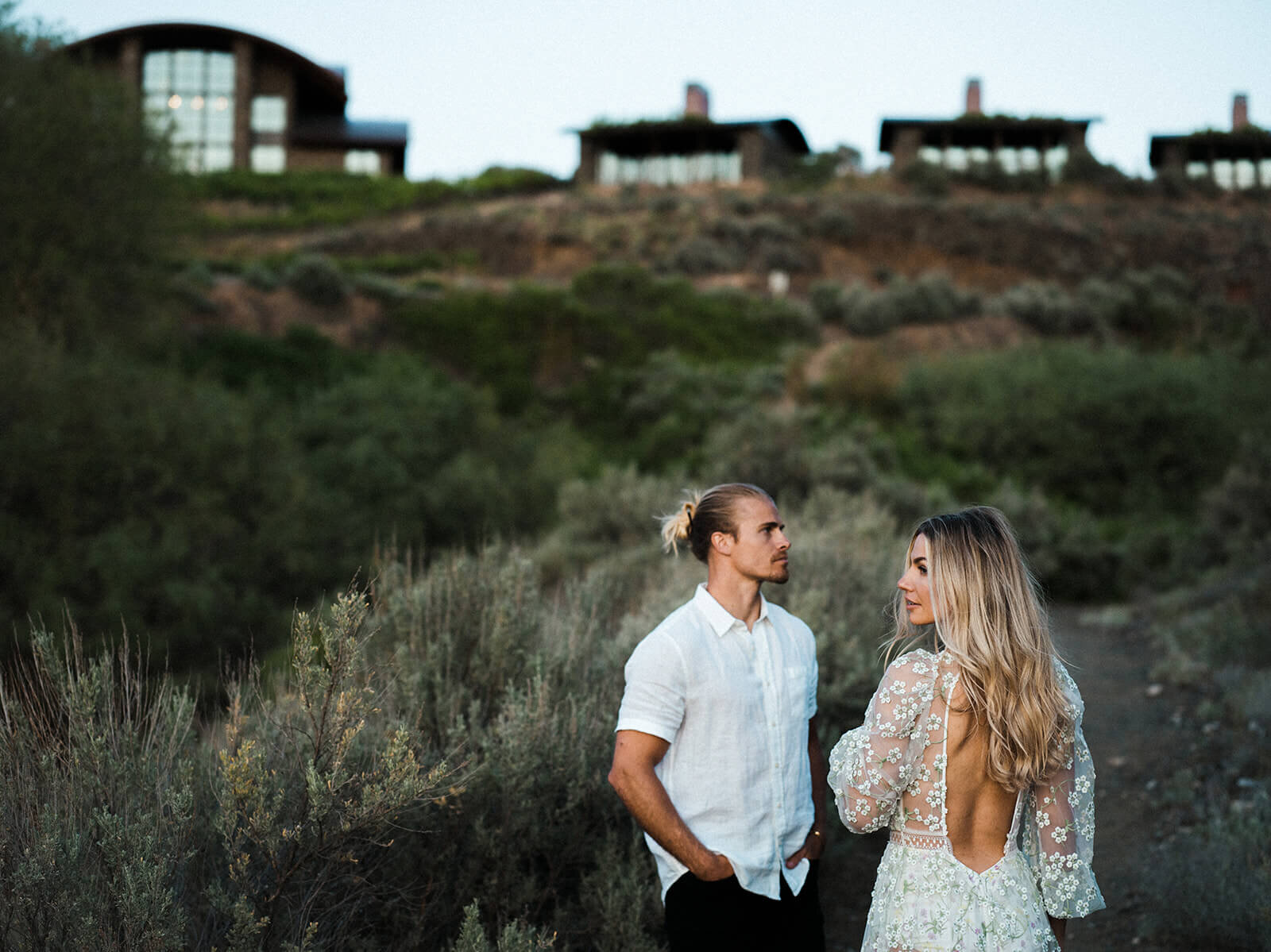
Why Medium Format?
In short—more information and detail in each image because of the larger sensor size.
They say, a picture is worth a thousand words.
A Medium Format picture is worth a thousand stories.
The term Medium Format comes from back when there were only film cameras. 35mm film was the most commonly used film, but when it came to taking the next step in quality—in portraits and landscapes—photographers would choose 120 film cameras, also known as Medium Format cameras. The advantages to shooting in 120 were dramatic and glaringly obvious.
Credit: BBC research
Before digital photography, film formats came in all different sizes. 16mm stock, 35mm stock, and so on. 120 and 220 film are the two Medium Format film stocks that have lasted into the digital era. You’re probably asking - what do these numbers even mean? The numbers had to do with the size of film and the amount of “real-estate” available for light (which is what translates information onto the Film Negative). The larger the film format, the more noticeable advantages you’d get in quality and detail. Since the digital photography era began, camera manufacturers have been working hard creating larger and larger digital sensors to match the level of detail you’d in larger film formats. Sensor size and megapixels are different. You can find phones with 100mp cameras, but their sensor size is still just as small (see picture on the left for comparison in sensor sizes). In the digital photography world, we’re aware—bigger pixels are better pixels.
“All pixels collect the same amount of noise, but larger pixels collect more of the “good” data than smaller pixels. With all else equal, a larger pixel will result in a higher quality image (less noise) than a smaller one.” — Reed Hoffman
See a visual breakdown.
As I said in my medium format engagement shoot at Cave B in the Columbia River Gorge,
“It’s all in the details, and Medium Format photos capture the details down to a single strand of hair — and these two have a lot of it.”
This image is a great visual example of the amount of information and detail a Medium Format sensor size will gather in a photo vs smaller sensor sizes.
Ultimately, it comes down to preference. The camera doesn’t make someone a better photographer. I have plenty of images shot on my old full frame cameras that I love—and I love the work of so many of my friends and colleagues who don’t shoot Medium Format. I just have an affinity for film, and the advances in digital sensors has provided me the ability to gain similar advantages to 120 film through the Medium Format digital sensor in my Hasselblad X1D II 50-C.
To me, medium format is more life like. I feel like you could reach out and touch the subjects while just looking at the image.



